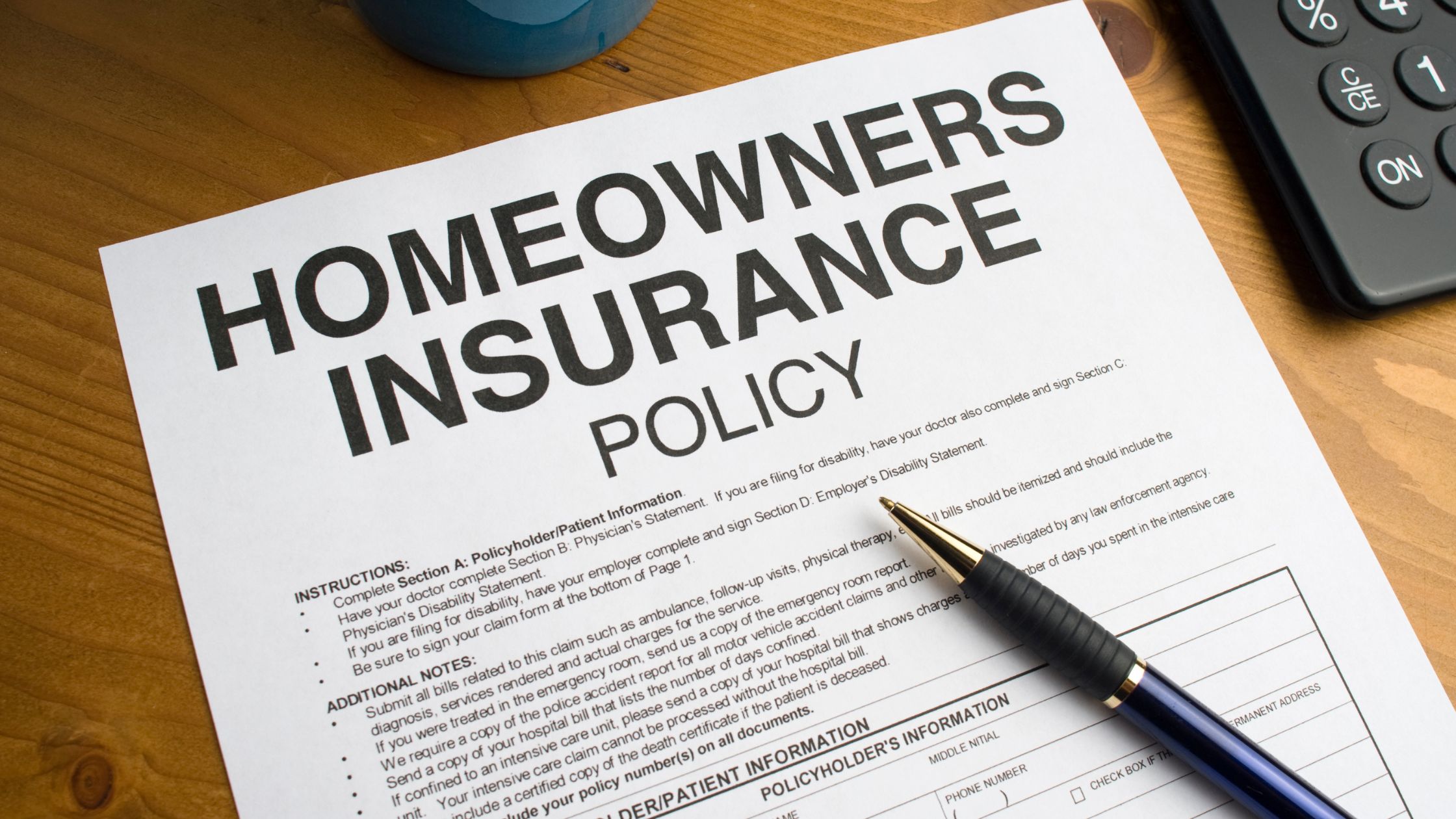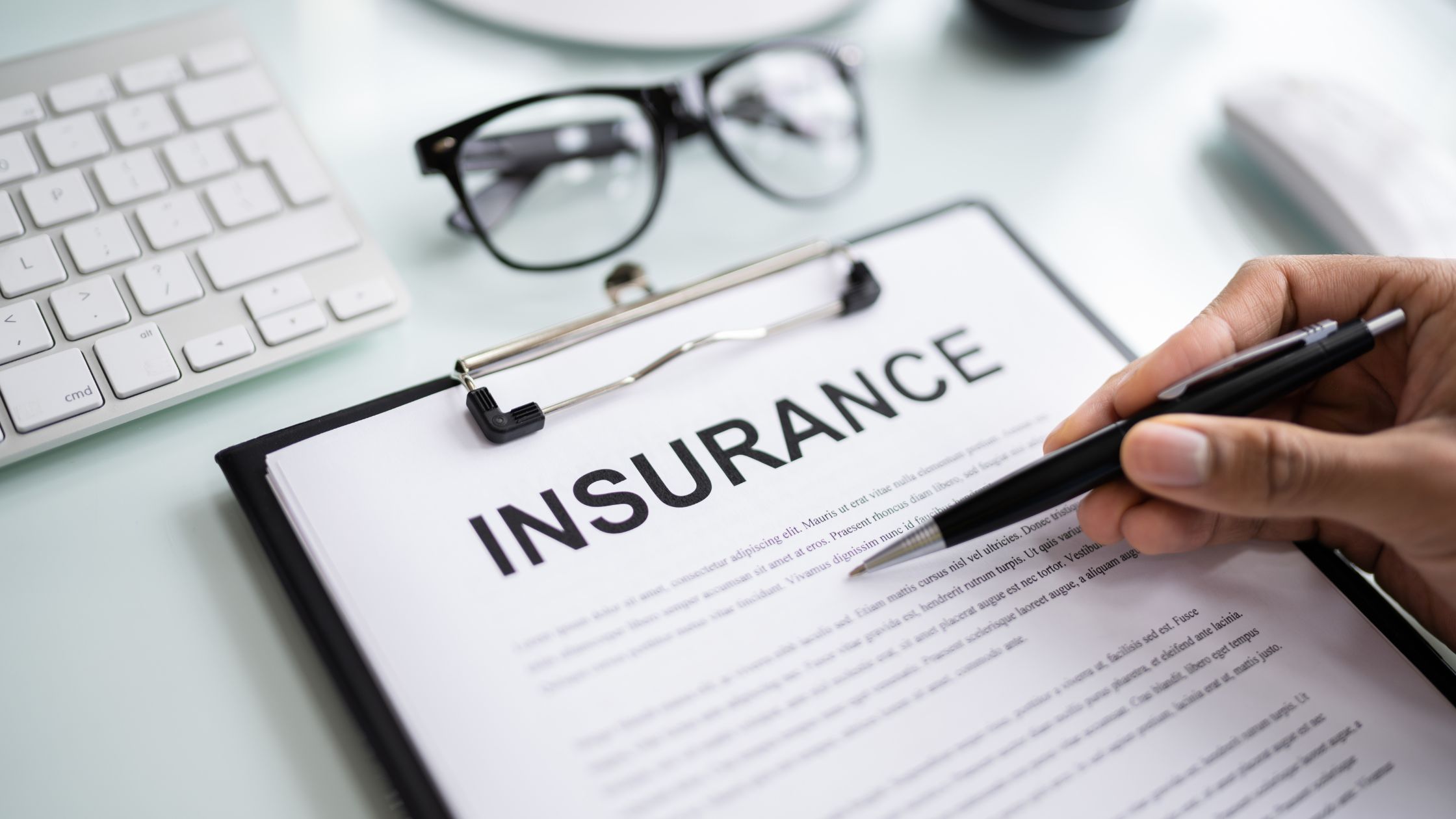Wildfires are a growing concern for California homeowners. Understanding whether your homeowner’s insurance covers wildfires is crucial for protecting your property. Here’s a comprehensive guide to help you navigate this important topic.
Understanding Homeowners Insurance Coverage
Most standard homeowners insurance policies in California cover damage caused by wildfires. This includes coverage for:
- Dwelling Coverage: This part of your policy pays for repairs or rebuilding costs if your home is damaged or destroyed by fire. It typically includes the structure of your home and attached structures, such as garages and decks.
- Personal Property Coverage: This helps pay to replace or repair personal belongings damaged in the fire, including furniture, clothing, electronics, and other personal items. Policies often cover personal property at a certain percentage of the dwelling coverage.
- Additional Living Expenses (ALE): If your home becomes uninhabitable due to wildfire damage, ALE covers the costs of living elsewhere while your home is being repaired or rebuilt. This can include hotel bills, restaurant meals, and other necessary expenses incurred during the displacement.
Checking Your Policy
Review your homeowner’s insurance policy to ensure it includes coverage for wildfires. If you live in a high-risk area, your insurance company might have specific conditions or exclusions related to wildfire coverage. Understanding these details is essential to avoid unexpected expenses.
High-Risk Areas and Insurance Availability
Some insurance companies might be hesitant to provide coverage in high-risk areas. However, California offers the FAIR Plan, which provides basic fire insurance for homeowners who cannot obtain coverage through the regular market. This plan ensures that all homeowners have access to essential fire protection, but it might only cover some aspects of damage. Consider supplemental coverage to fill any gaps.
Steps to Ensure Adequate Coverage
- Review Your Policy Regularly. Ensure it covers wildfire damage and that your coverage limits are adequate. Consider any changes in rebuilding costs or home values that may affect your coverage needs.
- Document Your Belongings: Keep an updated inventory of your personal property, including photos and receipts, to streamline the claims process. This documentation can be crucial in proving the value of your belongings in the event of a loss.
- Consider Additional Coverage: Explore options for extended replacement cost coverage, which can cover the increased cost of rebuilding if construction prices rise after a widespread disaster. Consider adding coverage for high-value items with limited coverage under your standard policy.
- Maintain Defensible Space: To reduce the risk of fire damage, create and maintain a defensible space around your property. This involves clearing vegetation and other flammable materials from around your home and implementing fire-resistant landscaping techniques.
Filing a Claim After a Wildfire
If your home is damaged by a wildfire, follow these steps to file a claim:
- Contact Your Insurance Company: Report the damage and initiate the claims process immediately. Prompt reporting helps speed up the assessment and settlement process.
- Document the Damage: Take photos and videos of the damage for evidence. This documentation will be essential in substantiating your claim.
- Keep Receipts for Additional Living Expenses: Track all expenses related to living elsewhere during repairs. Keeping detailed records ensures you are reimbursed accurately for these costs.
- Work with Your Adjuster: Cooperate with the insurance adjuster assigned to your claim and provide any requested documentation. Be available for inspections and answer any questions they may have about the damage or your claim.
Mitigating Wildfire Risks
Taking proactive steps to mitigate wildfire risks can protect your home and positively impact your insurance premiums. Consider these measures:
- Install Fire-Resistant Roofing and Siding: For roofing, use materials like metal, slate, or tile, and for siding, brick, stucco, or fiber-cement, which are more resistant to fire.
- Upgrade Windows and Vents: To reduce the risk of embers entering your home, install dual-pane windows and cover vents with metal mesh.
- Create Firebreaks: To slow the spread of fire, incorporate gravel paths, stone walls, and other non-flammable barriers into your landscaping.
- Install Sprinkler Systems: Both interior and exterior sprinkler systems can help protect your home by extinguishing flames before they spread.
Understanding the FAIR Plan
The California FAIR (Fair Access to Insurance Requirements) Plan provides a safety net for homeowners unable to secure coverage through traditional insurance markets due to high wildfire risk. While the FAIR Plan offers essential fire insurance, it might have limitations, including:
- Limited Coverage: The FAIR Plan typically covers only fire damage, so homeowners might need additional policies for comprehensive protection, such as coverage for theft, water damage, or liability.
- Higher Premiums: Due to the higher risk, the FAIR Plan’s premiums can be more expensive than standard homeowners insurance.
- Supplemental Insurance: Homeowners with the FAIR Plan often purchase supplemental insurance to cover gaps and ensure comprehensive protection.
Conclusion
Understanding your homeowner’s insurance coverage for wildfires is crucial for protecting your home and belongings. Regularly review your policy, consider additional coverage if necessary, and take proactive steps to reduce fire risks around your property. Being prepared can ensure you have the protection required during a wildfire.
Frequently Asked Questions
1. Does standard homeowners insurance cover wildfire damage?
- Yes, most standard policies in California include coverage for wildfire damage to the dwelling, personal property, and additional living expenses.
2. What if I live in a high-risk area and can’t get coverage?
- You can apply for coverage through the California FAIR Plan, which provides basic fire insurance for homeowners in high-risk areas.
3. How can I ensure my coverage is adequate?
- Regularly review your policy, update coverage limits, and consider supplemental coverage like extended replacement costs.
4. What steps should I take after a wildfire damages my home?
- Contact your insurance company immediately, document the damage, keep receipts for additional living expenses, and work with your insurance adjuster.
5. What is the FAIR Plan?
- The California FAIR Plan is a state-mandated insurance program that offers basic fire insurance for homeowners unable to obtain coverage through the regular market.
6. Can I change my policy to better protect against wildfires?
- To enhance your protection, you can adjust coverage limits, add endorsements for specific risks, and invest in fire-resistant home improvements.
7. How can maintaining defensible space impact my insurance?
- Maintaining defensible space can reduce the risk of wildfire damage, lower insurance premiums, and increase the likelihood of claim approval.
8. What should I include in a home inventory for insurance purposes?
- To ensure accurate claims processing, include photos, descriptions, and receipts for valuable items, electronics, furniture, clothing, and other personal belongings.
9. How often should I review my homeowner’s insurance policy?
- Review your policy annually or after significant changes to your home or belongings to ensure adequate and up-to-date coverage.
10. Are there any specific home improvements that can help with wildfire protection?
- Yes, installing fire-resistant roofing and siding, upgrading windows and vents, creating firebreaks, and installing sprinkler systems can all enhance your home’s wildfire protection.
For more detailed information, visit the original article on Reiner, Slaughter & Frankel’s website.
Related Links:
- Ten Tips for Keeping Your Redding Home Safe from Liability Issues
- Mastering Wildfire Damage Claims: How to File and Maximize Your Insurance Claim
- Should You Report an Accident to Your Insurance If It Wasn’t Your Fault?
- What to Do If Your Car Accident Claim Is Denied by an Insurance Company
Table of Contents [hide]










